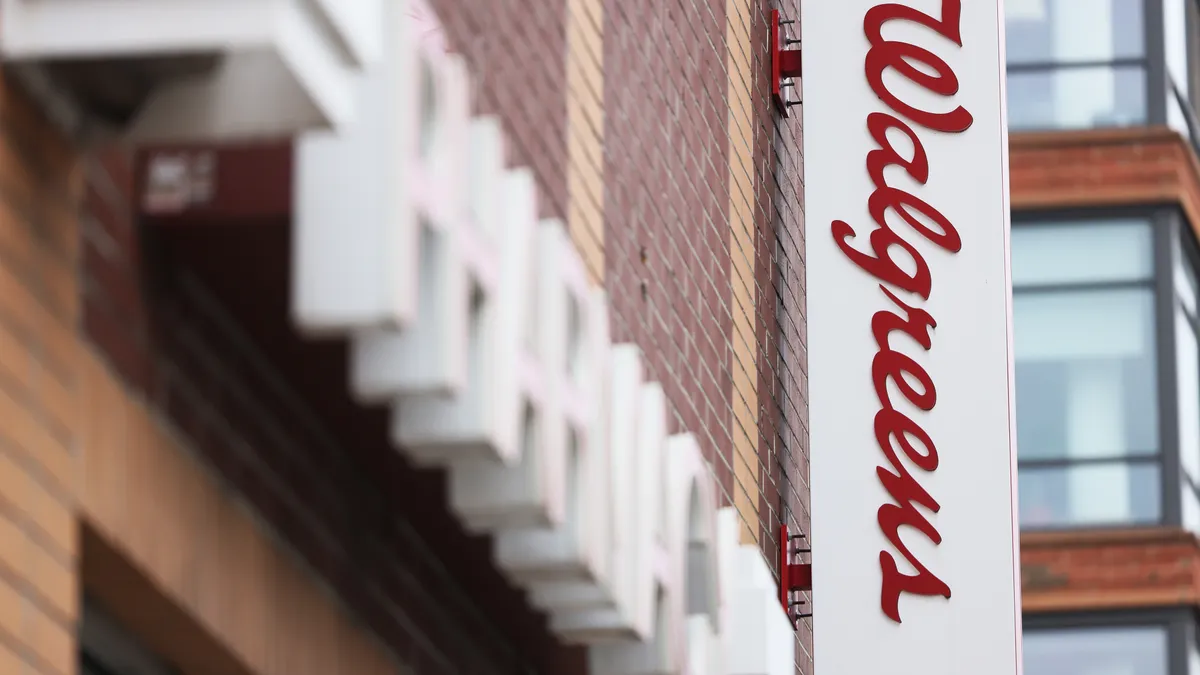Dive Brief:
- Walgreens is pausing its micro-fulfillment center expansion plan to focus on improving the rollout of the facilities, Interim CEO Ginger L. Graham said during a Q4 earnings call.
- The company is hoping to more fully realize the initiative’s potential, including working capital reduction, inventory tracking and control, customer service enhancements, workflow improvements and reduction in the cost of sale.
- Before moving forward with the final five micro-fulfillment center locations, Walgreens will implement threshold performance requirements for the next phase of the expansion plan, Graham told analysts.
Dive Insight:
Walgreens has been working to improve efficiency across its supply chain. For example, the drugstore chain began using AI to accurately forecast demand and optimize its network, and also implemented centralized services to control inventory and reduce workload.
The company has also been looking to optimize its fulfillment operations, and initially announced plans in 2021 to open a total of 11 micro-fulfillment centers by the end of 2022.
Now, the company is taking a step back to review the benefits of its strategy.
“We’re taking a hard look at all projects and stopping those that are not essential,” Graham said. “These actions reduce expenses, but more importantly, they help focus our energy on the most important needs for the business and for our customers.”
This month, Walgreens opened its 11th micro-fulfillment center, which uses robots to fill prescriptions, eliminate routine tasks and excess inventory from the pharmacy, the CEO said during the call.
Currently, the automated centers support more than 4,300 stores and fill over 2.3 million prescriptions each week across 29 states.
The rollout of micro-fulfillment has been adopted by many big chains such as Walmart, Albertsons and most recently Hy-Vee. While market demand has been soft, companies still want to leverage the use of automated technology for efficiency and have goods located closer to consumers.















